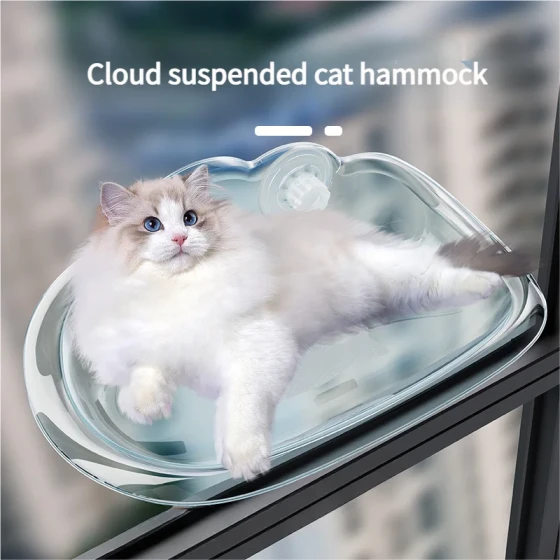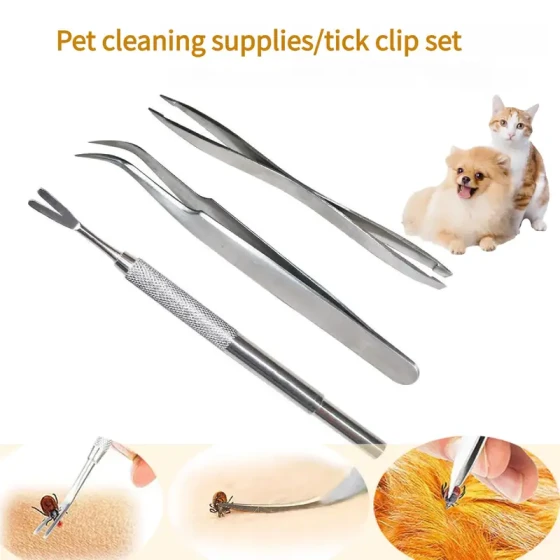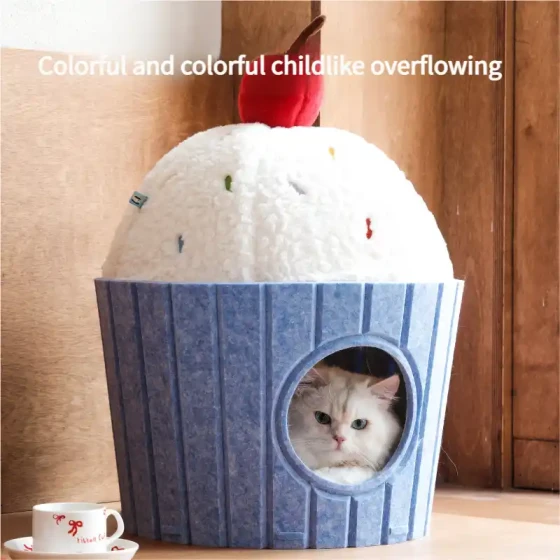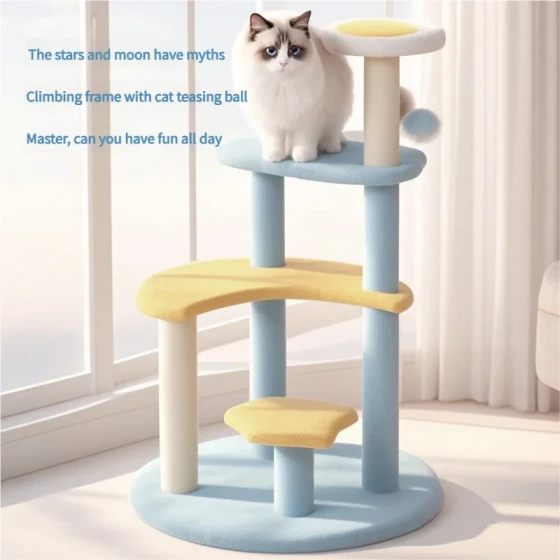Is a Calico Cat a Tabby Cat_Analysis of Colors and Breeds
This question seems simple, easily dismissed by a “yes or no,” but to clarify the details, there’s quite a bit to unpack. It’s like asking “Is braised pork pork?” It sounds redundant, but on closer look, “braised pork” is a cooking method, while “pork” is the ingredient—two different things, right? The calico cat and tabby cat issue is similar.
Many friends, especially newbies to the cat world or “aspiring cat owners,” can easily get confused by various color patterns and breed names. They see a patterned cat and call it a “flower cat,” then further mix up “calico” and “tabby.” Not surprising, since in everyday language, “flower cat” is quite a broad term.
Let’s set the tone first: Calico cat refers to a color combination; tabby cat usually refers to a specific pattern, and sometimes specifically to a breed. These two are fundamentally different classification dimensions.
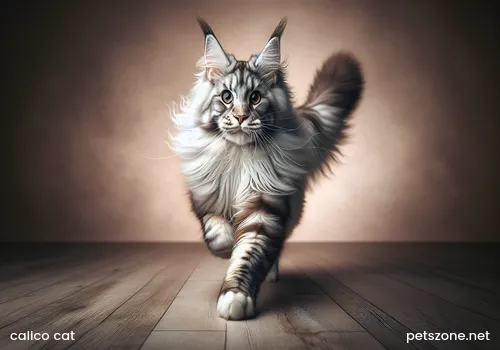
Colors vs Patterns: Discussing Cats’ "Skin" at the Genetic Level
Imagine a cat’s fur color and pattern as a randomly matched “skin coat” created by the creator.
First, Calico Cat (Calico Cat / Tortoiseshell-and-White)
“Calico” literally means the cat has three colors on its body. More strictly, it usually means white as the base color, combined with two non-white color patches. The two non-white colors are classically orange (or its dilute form, like cream) and black (or its dilute form, like blue or lavender).
Here’s the key point:
- Calico is a color combination, not a breed. British Shorthairs can be calico, American Shorthairs can be calico, Japanese Bobtails can be calico, and our Chinese native cats often show calico patterns. Any breed (or non-breed) cat can be calico as long as the color combination fits.
- The small magic of sex chromosomes. The vast majority of calico cats are female. This is backed by high school biology: the gene controlling orange versus non-orange (usually black) is on the X chromosome. Females have two X chromosomes (XX), males have one X and one Y (XY).
- During early embryonic development, female cats randomly “turn off” (inactivate) one X chromosome in each cell, a process called X-chromosome inactivation or Lyonization.
- If one X chromosome carries the orange gene and the other carries the black gene, some cells express orange, others black, producing the intermingled “tortoiseshell” color.
- If the cat also has the gene for white spotting (an independent gene), white patches appear on top of the tortoiseshell base, resulting in the “calico” pattern. The size and distribution of white patches are random.
- Males (XY) have only one X, so they can be either orange or black but not both—except in extremely rare genetic anomaly cases like XXY Klinefelter Syndrome, in which case the male is usually sterile. Thus, a male calico is a “chosen one,” extremely rare. In Japan, calico cats are considered lucky; the lucky cat (Maneki-neko) is often modeled after calicos.
In summary: Calico = white + orange series + black series, almost always females.
Now, Tabby Cat (Tabby Cat)
“Tabby” is slightly more complex in the Chinese context and can refer to two situations:
- Tabby Pattern: a common coat pattern style. This is one of the most primitive and common fur patterns for cats, imitating wildcats’ camouflage. The core feature of the Tabby Pattern is an “M” shaped mark on the forehead, with lines extending from the corners of the eyes. Based on stripe shapes, Tabby can be subdivided into:
- Classic Tabby: broad, swirling patterns on the sides, resembling a target or marble.
- Mackerel Tabby: thin, parallel stripes on the sides resembling fish bones. This is the most common tabby type.
- Spotted Tabby: stripes broken into spots, similar to a leopard cat but formed from separated stripes.
- Ticked Tabby / Abyssinian Tabby: each hair has bands of alternating colors (Agouti hair), making the coat appear without stripes or spots but a “salt-and-pepper” texture; faint stripes might still appear on legs, tail, or face. Abyssinians are typical representatives.
This Tabby Pattern can appear on cats of various colors—brown tabby, silver tabby, blue tabby, red tabby, etc. Importantly, tabby is also a pattern feature, not a breed. Persian cats can have tabby patterns, Maine Coons can have tabby patterns, and our native cats are full of tabby patterns.
- Chinese Li Hua Cat (Chinese Li Hua / Dragon Li): an officially recognized breed. This is where things get interesting (or confusing). China does have a native breed called the “Chinese Li Hua Cat,” which in 2010 was registered by the Cat Fanciers’ Association (CFA), though its status shifted later due to development reasons, the breed concept remains.
- The standard look of the Chinese Li Hua Cat is precisely a cat with specific tabby markings. Usually brown mackerel tabby, with a sturdy build, rounded head, moderate ears, large and expressive almond-shaped eyes, typically yellow or green. They are known for excellent mousing skills, adaptability, independent character (sometimes affectionate).
- So when you hear “tabby cat,” some might specifically mean this native Chinese breed with typical brown mackerel tabby pattern.
Summary: Tabby = a pattern style marked by an “M” shape on the forehead, or specifically the native Chinese Li Hua breed.
Back to the question: Is a Calico Cat a Tabby Cat?
Now it’s clear:
- Calico is a color combination.
- Tabby is a pattern style (or a specific breed).
They describe different dimensions of a cat’s appearance. So, strictly speaking, a calico cat is not a tabby cat, just like asking if a person wearing red clothes is also wearing striped clothes—different levels of comparison.
But is there any overlap?
Of course! A cat can simultaneously have calico colors and tabby patterns. This situation is usually called a “Caliby / Patched Tabby and White”.
Imagine a cat inherits genes for calico (orange and black genes on the X chromosome + white spotting gene) and simultaneously inherits the gene producing the tabby pattern (genes controlling agouti hair color distribution and stripe formation).
The result is:
- It has white patches.
- Within the non-white patches (orange and black), you can see tabby stripes! Orange patches show varying orange stripes, black patches show dark/light black or brown stripes. The forehead may have a faint or clear “M” mark.
This cat meets the calico color definition (white + orange + black) and displays tabby pattern features in its colored areas. So, you can say it’s a “calico cat with tabby patterns.”
Therefore, the final answer is:
A calico cat itself is not a tabby cat; they are descriptions based on different traits (color vs pattern/breed). But a cat can be a calico color combination and have tabby markings in its colored patches, becoming a “Caliby.” As for the “Chinese Li Hua Cat” breed, it is typically not calico but a specific brown mackerel tabby.
Next time someone debates this, you can calmly use this logic and casually educate about the wonders of cat genetics. This is probably one of the joys of cat keeping—not just companionship but unintentionally becoming a semi-biologist.
Hope this explanation is clear and has a bit of a “Zhihu style.” Time to cuddle cats.
